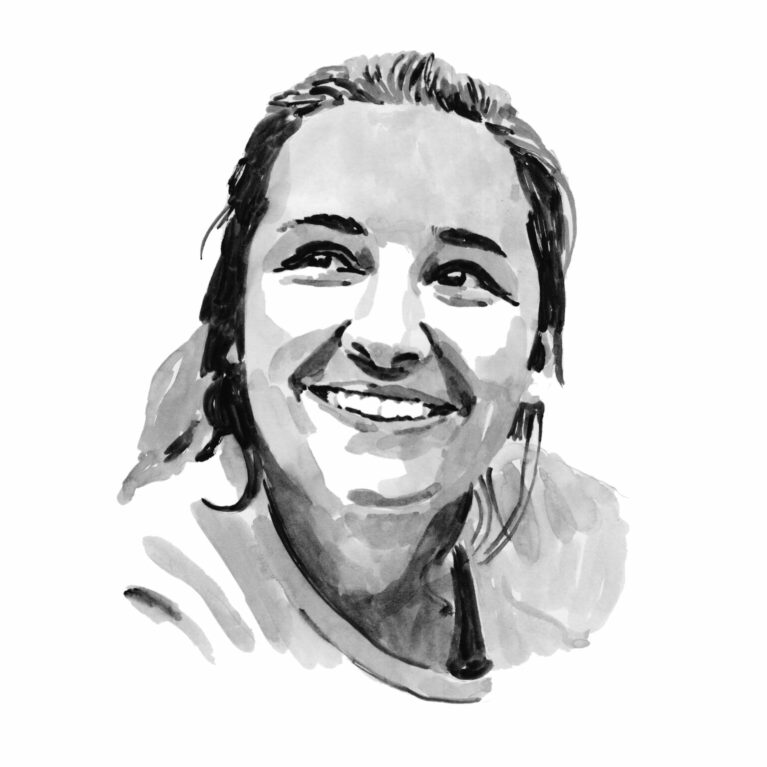Kim Birnie-Gauvin

Who I am
I was born and raised just outside Quebec City in Canada, where my exposure to the aquatic world was mostly around local lakes and rivers. Back then, our annual trips to the beaches of Maine inspired my love for the underwater world, but little did I know I would dedicate my life to that very world. I pursued an undergraduate degree in animal physiology and then a Master’s degree in fish biology and ecology, during which I was first exposed to the world of tracking. Tracking animals underwater is challenging; GPS doesn’t work there, so other methods are needed to explore what’s hidden beneath the water’s surface. I’ve used tracking in a variety of settings, including acoustic telemetry on sea trout, archival telemetry on lumpfish and satellite telemetry on bluefin tuna. Tracking generates data that can give us insight into the habitat requirements of animals as well as how they respond to stressors, which makes it a highly valuable tool for conservation and management purposes.
Where I work
The Forgotten of the North project will take place in the seas around Denmark, particularly the Kattegat Sea. The Kattegat is filled with commercially important fish species like mackerel and herring, but is also home to a wide range of elasmobranchs, including spiny dogfish, lesser spotted catshark, starry ray and thornback ray. Very little is known about these species within the region, particularly in terms of their habitat use, and mating and pupping areas. This project aims to address this knowledge gap.
What I do
Most of my work revolves around tagging aquatic species and obtaining non-lethal physiological samples like blood and muscle to not only understand where and when these species move and the habitats they use, but also to link these findings with the internal status of the animal, such as energetic status, stress status and reproductive status. One day I could be working from the office, analysing data or writing up a paper; the next I could be out at sea tagging bluefin tuna. My work here at the Technical University of Denmark is highly varied, but we always maintain a focus on the management and conservation implications of our work, which I find particularly fulfilling. There’s certainly never a boring day here!
